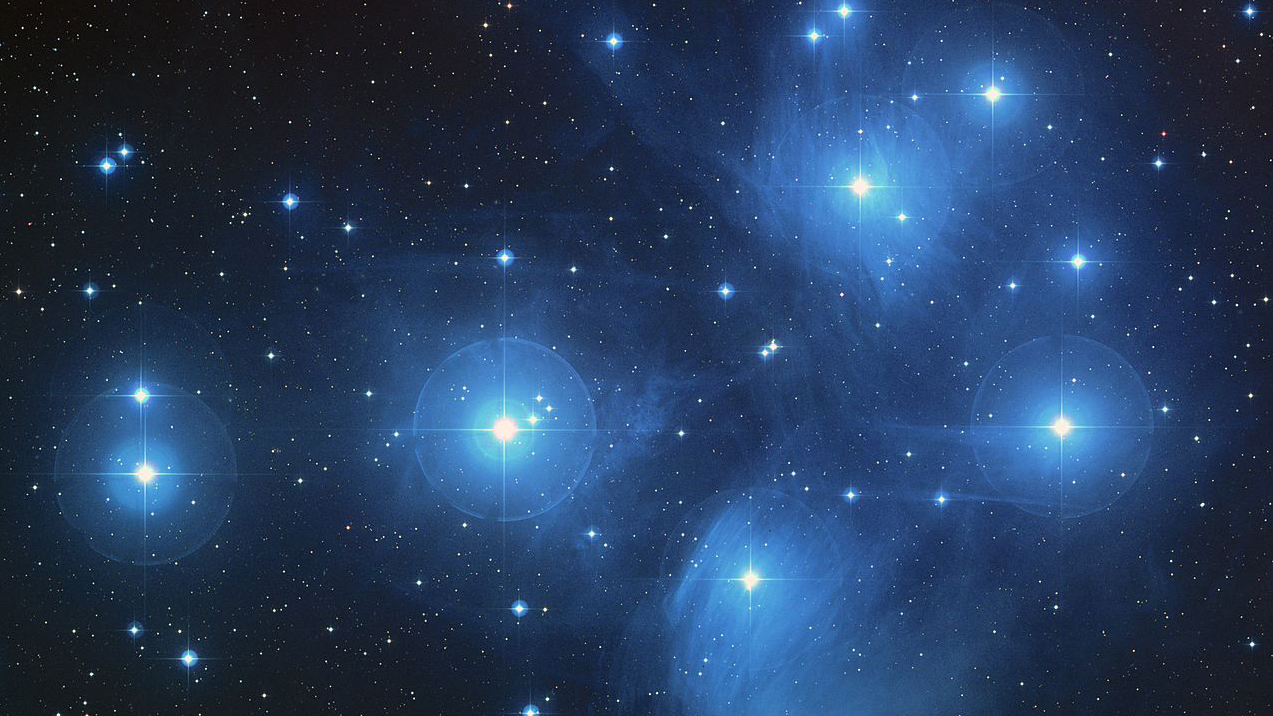A computer simulation has solved this 2,500-year-old celestial mystery

Researchers have used advanced astronomical software to solve the mystery of celestial event that took place more than 2,500 years ago.
'Midnight Poem', a written by Greek poet Sappho in the mid-sixth century BCE, references a star cluster called the Pleiades, also known as the Seven Sisters.
What has continued to baffle scholars is the timing. The poem references the Pleiades setting at around midnight, but at what time of year did this happen?
To find out, physicists and astronomers from the University of Texas at Arlington used a piece of software called Starry Night to recreate the event.
And sure enough, we got an answer: the Pleiades set somewhere between January 25 and March 31 570 BC.
Starry Night
March 31 is the latest the date that Pleiades would have been visible to Sappho from the Greek island of Lesbos.
The year 570 BC - the year Sappho is believed to have died - was chosen arbitrarily, as the exact year the poem was written is not known.
Sign up for breaking news, reviews, opinion, top tech deals, and more.
The simulation also confirmed a previous estimated time frame of late winter/early spring, but with a more accurate scientific grounding.
The poem has been translated in several different ways, but one of them goes as follows:
The moon has set,
and the Pleiades;
it is midnight,
the time is going by,
and I sleep alone.
[Image credit: NASA]

Hugh Langley is the ex-News Editor of TechRadar. He had written for many magazines and websites including Business Insider, The Telegraph, IGN, Gizmodo, Entrepreneur Magazine, WIRED (UK), TrustedReviews, Business Insider Australia, Business Insider India, Business Insider Singapore, Wareable, The Ambient and more.
Hugh is now a correspondent at Business Insider covering Google and Alphabet, and has the unfortunate distinction of accidentally linking the TechRadar homepage to a rival publication.